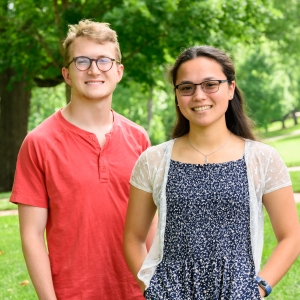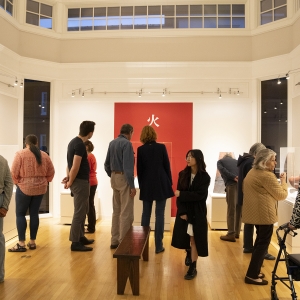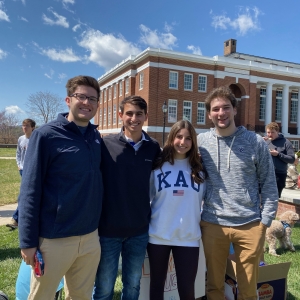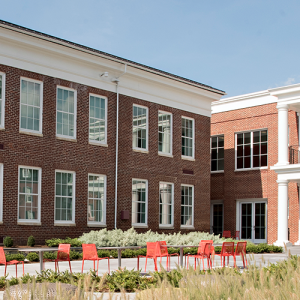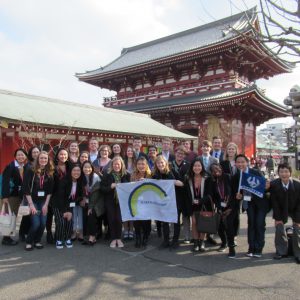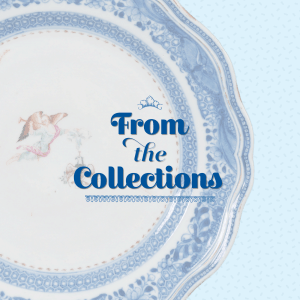
East Asian Studies Program

East Asian Studies is a closely coordinated, interdepartmental program representing seven departments and eight disciplines. It offers some fifty courses, ranging from art to economics, culminating in a minor that may be focused upon either China or Japan. Interested students are encouraged to study abroad in East Asia.
Recognizing that Western culture exists in an ever-shrinking and globally connected world, the East Asian Studies Program is dedicated to expanding the intellectual horizons of its students to include the cultures of China and Japan. The increasing strategic, economic, and social importance of Asia makes it imperative that our students be prepared both theoretically and practically to understand and deal with Asia on many levels. To this end, East Asian Studies’ minor approaches the civilizations of China and Japan from multiple standpoints that include their art, history, languages and literatures, religions and philosophies, politics, and economics. In the belief that Asia must be directly experienced in order to be understood fully, the East Asian Studies Program also stresses the importance of study abroad and has established exchanges and special arrangements that allow Washington and Lee students to study in China, Taiwan, a province of China (hereinafter referred to as “Taiwan"), and Japan. Students from these countries also study on the Lexington campus, either through an exchange program or as regular four-year undergraduate students.
The East Asian Studies minor permits the student to focus upon a single culture or upon both. In every case, it ensures that the student has the opportunity to acquire a broad background in a variety of fields, including language. It is designed to provide the perspective and many of the practical tools needed for further study of Asia, or as enhancement to a career in such areas as business, government, law, and journalism.
Program Info
- P: 540-458-8771
-
Newcomb Hall
204 West Washington Street
ÄűĂĘĘÓƵ
Lexington, Virginia 24450
